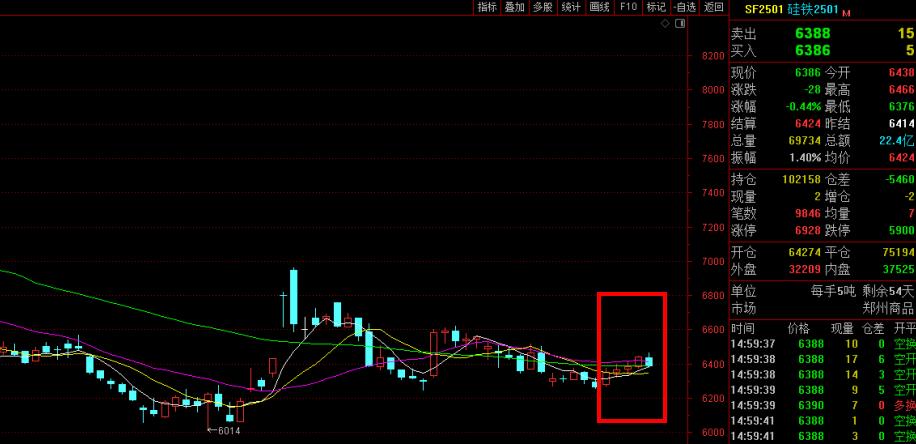[Ferro-Alloys.com] Zimbabwe’s mining sector is highly diversified, with close to 40 different minerals. The predominant minerals include platinum group metals (PGM), chrome, gold, coal, lithium, and diamonds. The country boasts the second-largest platinum deposit and high-grade chromium ores in the world, with approximately 2.8 billion tons of PGM and 10 billion tons of chromium ore. The sector accounts for about 12 percent of the country’s gross domestic product (GDP) and 80 percent of national exports. The Minister of Mines had claimed the sector had the potential to generate $12 billion annually by 2023 if the government addressed challenges such as persistent power shortages, foreign currency shortages, and policy uncertainties. The Chamber of Mines reported the mining industry generated $5.6 billion in 2022 compared to $5.1 billion in 2021, and it projected 10.4 percent sector growth in 2023.
Foreign currency retention requirements have challenged mineral exporters, particularly at times when the parallel-market exchange rate diverged greatly from the official rate, leading to smuggling. In February 2023, the government increased foreign exchange retention to 75 percent from 60 percent for mining companies. A new requirement that mining companies must pay electricity bills in foreign exchange means real retention falls between 60 and 65 percent. In February 2023, the government proposed a revised Mines and Minerals Act Amendment Bill to make the sector more progressive and investor-friendly to attract more investment, but the bill was not approved before the Ninth Parliament dissolved.
Companies are required to export all minerals through the state-owned Minerals Marketing Corporation of Zimbabwe (MMCZ), except gold which must be sold to the Reserve Bank of Zimbabwe’s (RBZ) subsidiary Fidelity Printers and Refiners (FPR). Individual companies may receive permission, however, from the Government of Zimbabwe to sell minerals directly to avoid U.S.-targeted sanctions on the MMCZ.
Leading Sub-Sectors
Zimbabwe’s Chamber of Mines 2022 state of mining report projected significant growth in the diamond, coal, and chrome subsectors, with PGM continuing to lead the sector.
The Chamber of Mines reported gold output reached an all-time high of 37.3 tons in 2022, up from 31.5 tons in 2021, and projected to increase to 42 tons in 2023. Challenges including suspected smuggling, fuel shortages, and antiquated technology persist. FPR announced in mid-2021 that it will combat these underlying issues by allowing large-scale gold mining companies to export a portion of their bullion directly. FPR expected this measure to increase production by allowing companies to secure funding in the form of gold loans. FPR also hoped that direct payments would help prevent the illegal export of gold, estimated at $1.2 billion per year by small-scale miners who extract most of the country’s gold. A 2022 Center for Natural Resource Governance report on illicit financial flows in the artisanal mining sector estimated as much as $1.9 billion is lost annually due to leakages.
According to the African Mining Market, Zimbabwe’s lithium deposits are the largest in Africa and sixth in the world. The government claims the country will meet 20 percent of the world’s total demand for lithium when it fully exploits its known lithium resources, and four major lithium projects are currently under development. The sector has drawn investors in battery minerals from Canada, the U.K. and Australia, although China is the dominant player.
Opportunities
Besides direct investment in mining, there is a significant opportunity to provide heavy underground mining machinery and other supplies, as well as transportation infrastructure and materials, including railways, and bespoke power generation alternatives. The government’s renewed interest in increasing domestic production of value-added mineral products will require larger capital investments in the mining sector than the current business model which relies on exporting unprocessed or semi-processed natural resources.
Resources
Chamber of Mines of Zimbabwe
20 Mount Pleasant Drive, Mount Pleasant, Harare.
Tel: +263 242334517 / 242334507
Last published date: 2024-02-29
- [Editor:tianyawei]



 Save
Save Print
Print Daily News
Daily News Research
Research Magazine
Magazine Company Database
Company Database Customized Database
Customized Database Conferences
Conferences Advertisement
Advertisement Trade
Trade

















Tell Us What You Think